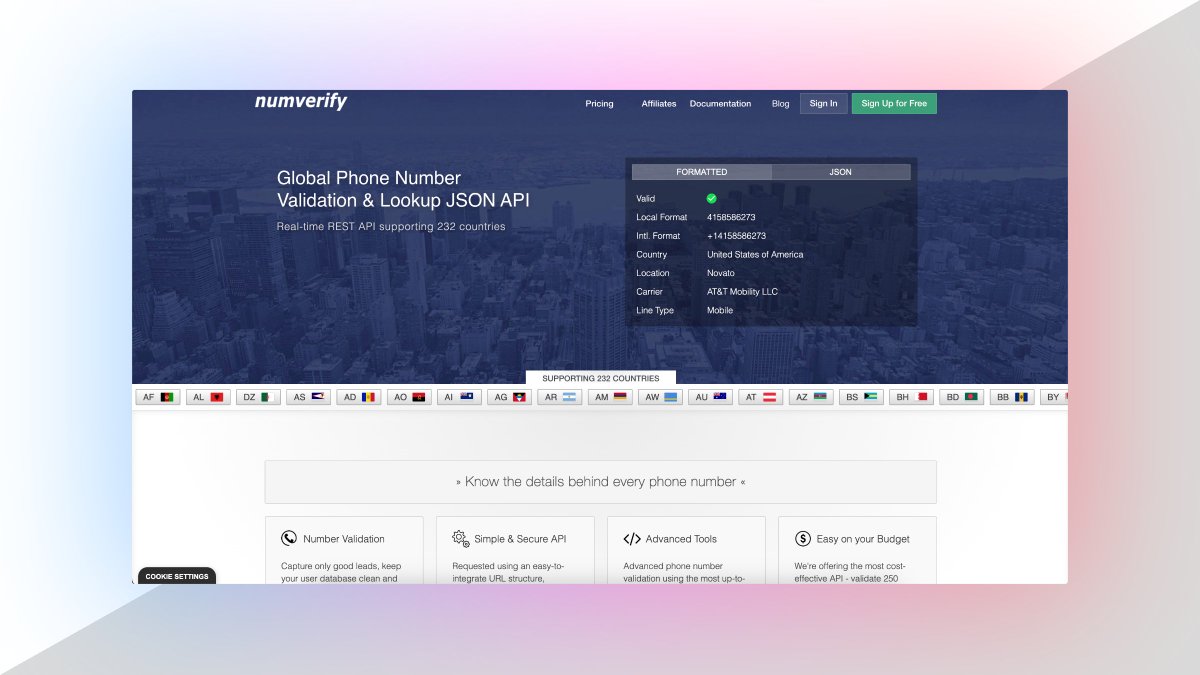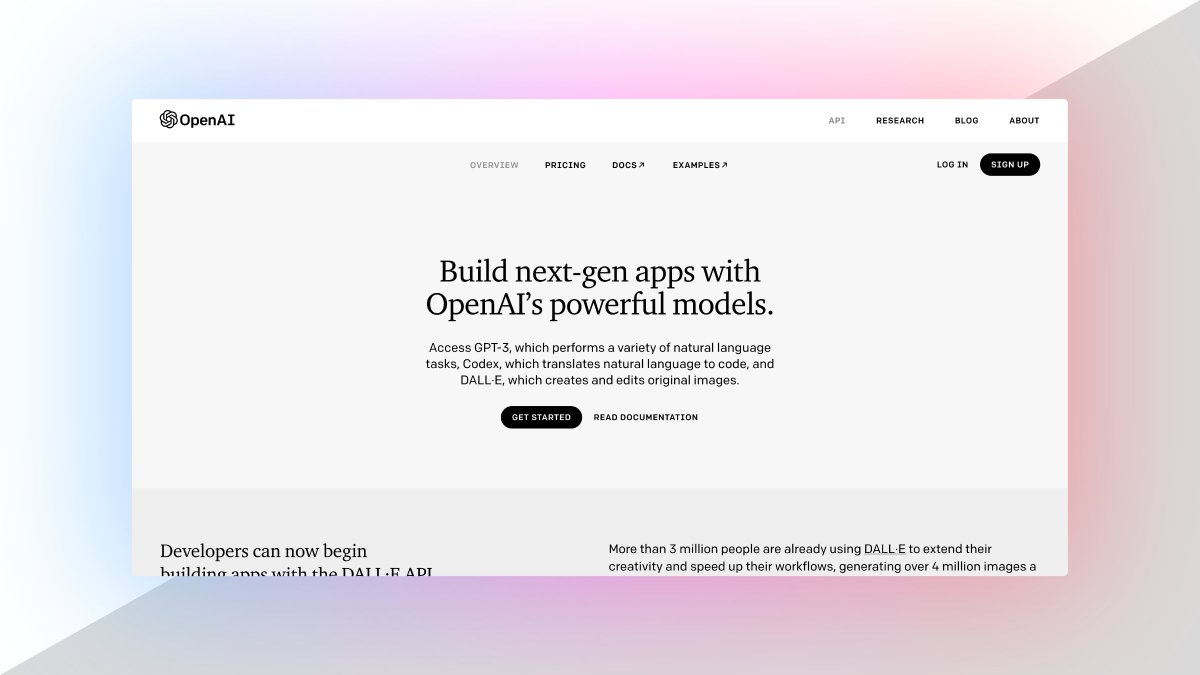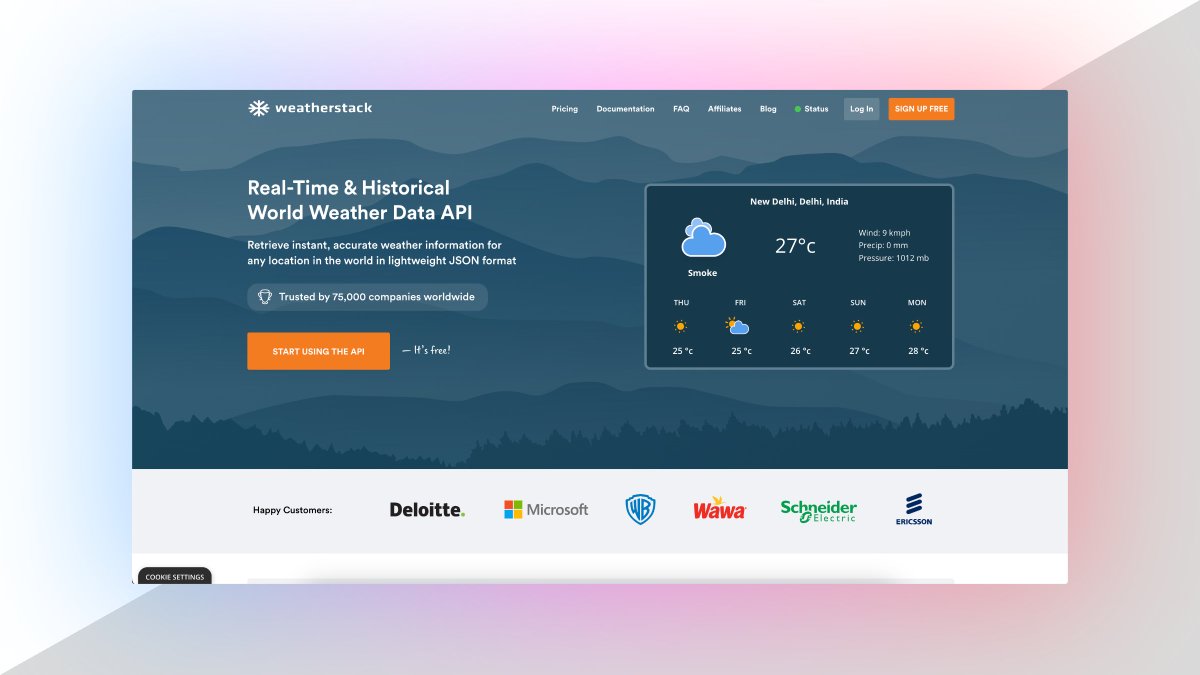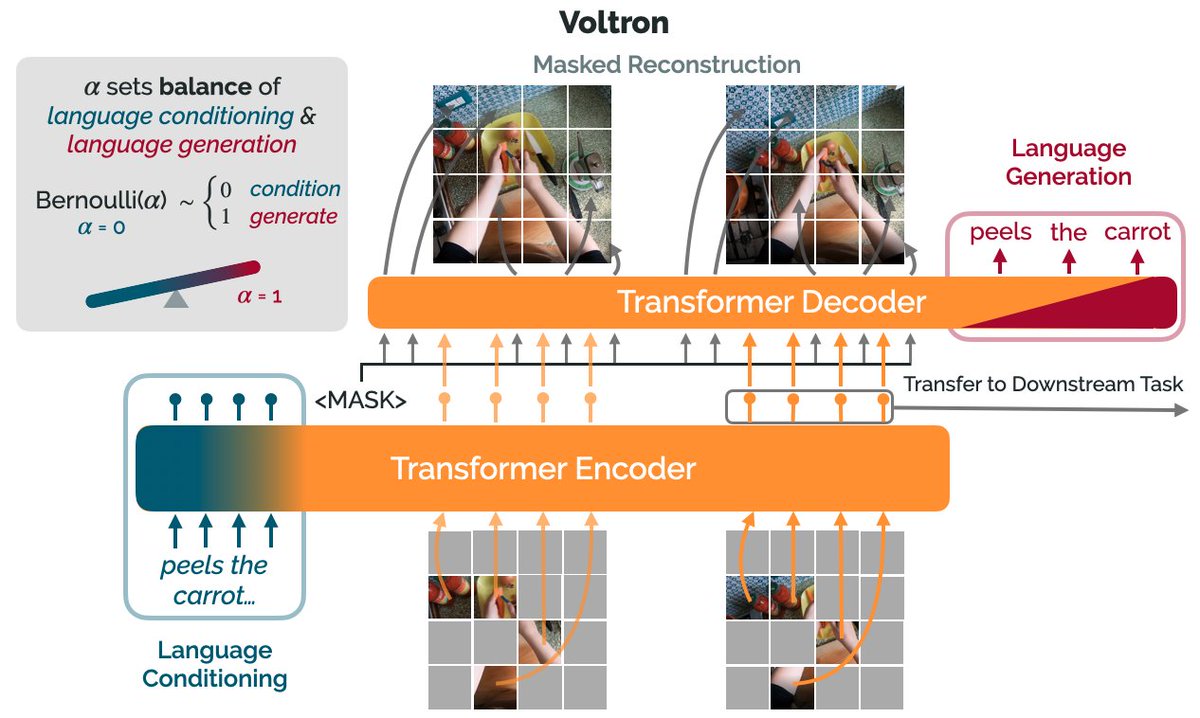1/ Move Fast
Bezos understood the importance of moving quickly.
Especially as Amazon grew.
To survive as a large company, you have to move at the pace of a startup.
If not, you'll die.
2/ Don't Sweat Reversible Decisions
Some problems require long thought and deliberation.
But many don't.
If a decision is easily reversible, Bezos thought they should be made quickly by "high judgement individuals or small groups."
3/ Stay Terrified... Of Your Customers
In the 1998 letter, Bezos remarked that it was Amazon's customers and not competition that should be feared.
He understood that Amazon was providing a service.
Amazon to this day has unmatched service to their customers.
4/ Focus On Inputs
Amazon constantly focused on things that they had input on.
-# of products available
-# of items available for Prime shipping
The focus on the inputs (what Amazon could control) led to the outputs Wall Street looked for.
5/ Long Term Mindset
In the 1st letter on the 1st page, long term mindset is mentioned.
It would remain a theme throughout and something the company stuck to.
Even forgoing profitability to invest back into the company for long term results.
6/ Plant Seeds and Wait
Many companies have shiny new object syndrome.
Amazon isn't different.
But they knew for seeds to grow, it took patience.
Amazon fulfillment center and AWS were both started as seed projects at Amazon.
7/ Talent Is King
The 3 questions before making a hiring decision for an employee at Amazon:
-Will you admire this person?
-Will this person raise the average level of effectiveness of the group they’re entering?
-Along what dimension might this person be a superstar?
8/ Be Customer Centric
In the early days, many vendors wondered why Amazon would allow customers to publish negative reviews.
Simply, Amazon knew it would improve the customer experience.
Better products would ultimately end up in the customers hands.
9/ Ownership MentalityBe
Bezos knew that if he wanted the company to focus on long-term results, ownership mentality was key.
Autonomy is given at Amazon to ensure that employees feel some sense of ownership.
It is the only way to remove the bias of short term results.
10/ In Lean Times, Build A Cash Moat
May be relevant very soon as fears raise around the risk of recession.
Amazon was able to weather the dot com bubble by building cash reserves.
A tight cash conversion cycle was critical in 2000 & 2001.
11/ Wandering is a Counterbalance to Efficiency
Many businesses are great at executing set plans.
But that is not where innovation is sparked.
Ideas are sparked by wanderers.
Amazon aimed to be a see-saw with wandering on one end and efficiency on the other.
I highly recommend reading the Amazon letters.
You can find them on Google and total there are only about 80 pages.
I'm currently reading Berkshire and that's around 900 pages.
TL;DR
1/ Move Fast
2/ Don't Sweat Reversible Decisions
3/ Stay Terrified of Customers
4/ Focus On Inputs
5/ Long-Term Mindset
6/ Plant Seeds & Wait
7/ Talent Is King
8/ Be Customer Centric
9/ Owner's Mentality
10/ Build A Cash Moat
11/ Wander but Be Efficient
If you enjoyed this thread, I'd appreciate a RT so others may find it as well.
And give me a follow
@chrisxmunn if you deem me worthy of blabbering my insights onto your timeline!
https://t.co/fVfhozHnBC





